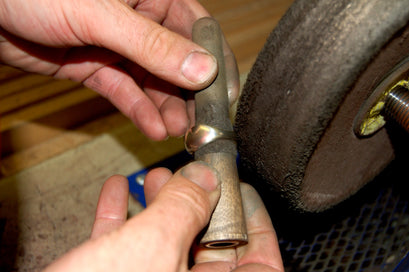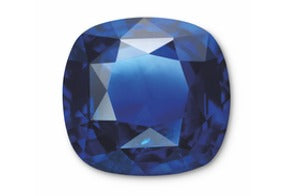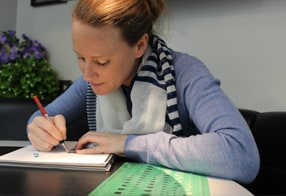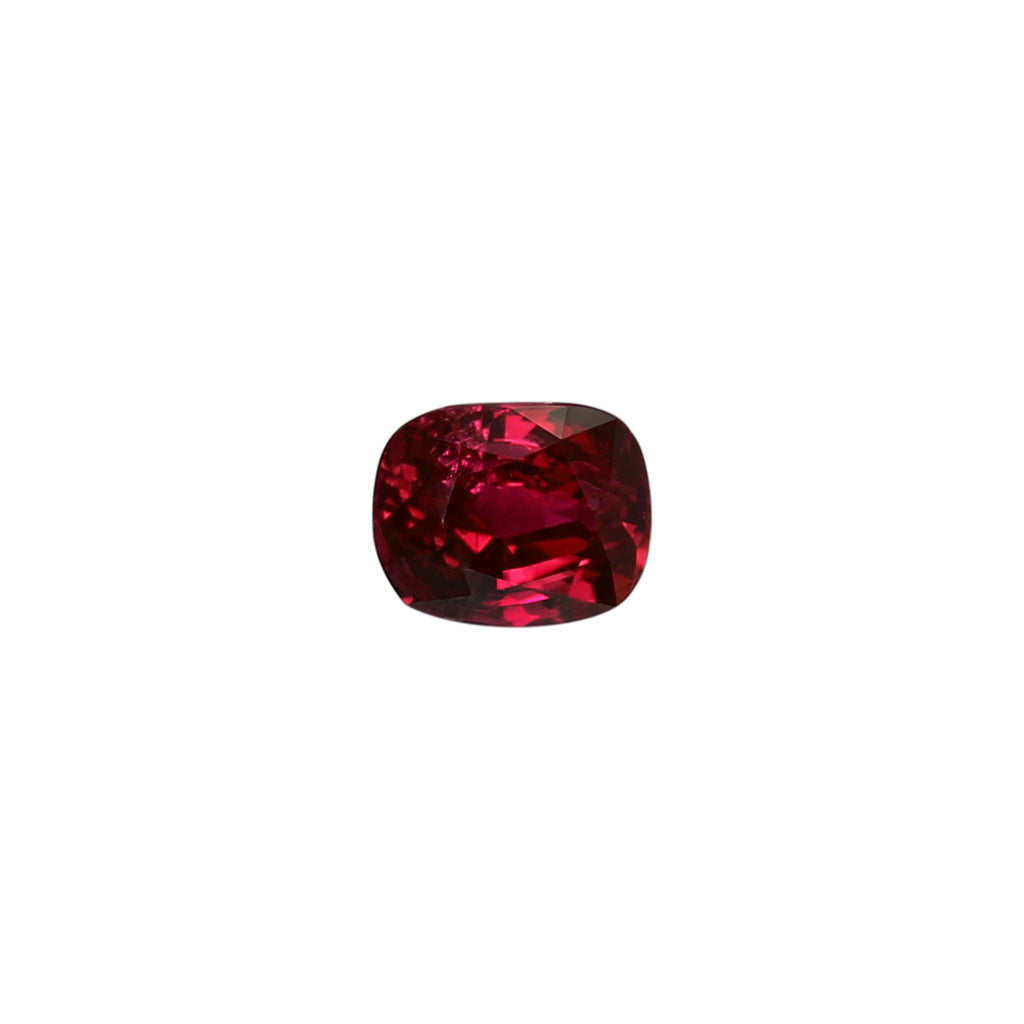RUBY
Gemstone family: Corundum
Moh's scale of hardness: 9
Lustre: Vitreous to sub-adamantine
Birthstone: July
About: Ruby’s hues vary from orangey-red to purplish-red and the presence of chromium is the trace element that causes the unparalleled ruby red colour. The most valuable colour is the “pigeon’s blood” variety which is a vibrant red without any orange or purple tint. The name “ruby” derives from the word “ruber” that means “red” in Latin and it is the most valuable variety of the corundum species. Some rubies display the gemmological phenomenon called “asterism” where cabochon-cut stones have a whitish star on top of the dome. This is created by fine intersecting rutile needle inclusions. One interesting thing that you might find in some rubies is an inclusion also knows as “silk” consisting of fine intersecting rutile needles. Most rubies that come from marble deposits fluoresce a strong red under long wave ultraviolet light while the ones that come for basalt or metasomatic deposit are usually inert because of their high levels of iron.
Origin: The main sources of rubies are: Thailand, Cambodia, Myanmar, Sri Lanka, Vietnam, Kenya and Pakistan, but some of the finest rubies ever found were mined from the historic Mogok area in Myanmar and are known as “Burmese rubies”.
Use in jewellery: Ruby’s lustre and hardness make it ideal for jewellery that is worn frequently. Depending on the transparency of the stone, which can be anything between transparent and opaque, rubies are cut into faceted stones, cabochons, beads and more rarely carvings.
Treatments, synthetics and imitations: Rubies are often treated to enhance their colour or improve their clarity and some of the most common treatments are heat (with or without the use of chemicals), fracture-filling and dyeing. Auguste Verneuil was the first scientist that produced synthetic rubies in a laboratory and since the early 20thcentury they have been traded on the gemstone market. Their chemical properties are similar to those of natural rubies but their value is significantly lower and they should always be disclosed as synthetic. Some of the materials that are most commonly used to imitate rubies are: glass, garnet-and-glass doublet, synthetic spinel triplet, sapphire and synthetic sapphire doublet and dyed quench-crackled quartz.
Famous examples: The 25.59ct pigeon blood red “Sunrise Ruby” from Burma is the most expensive coloured gemstone ever sold in the world.


















